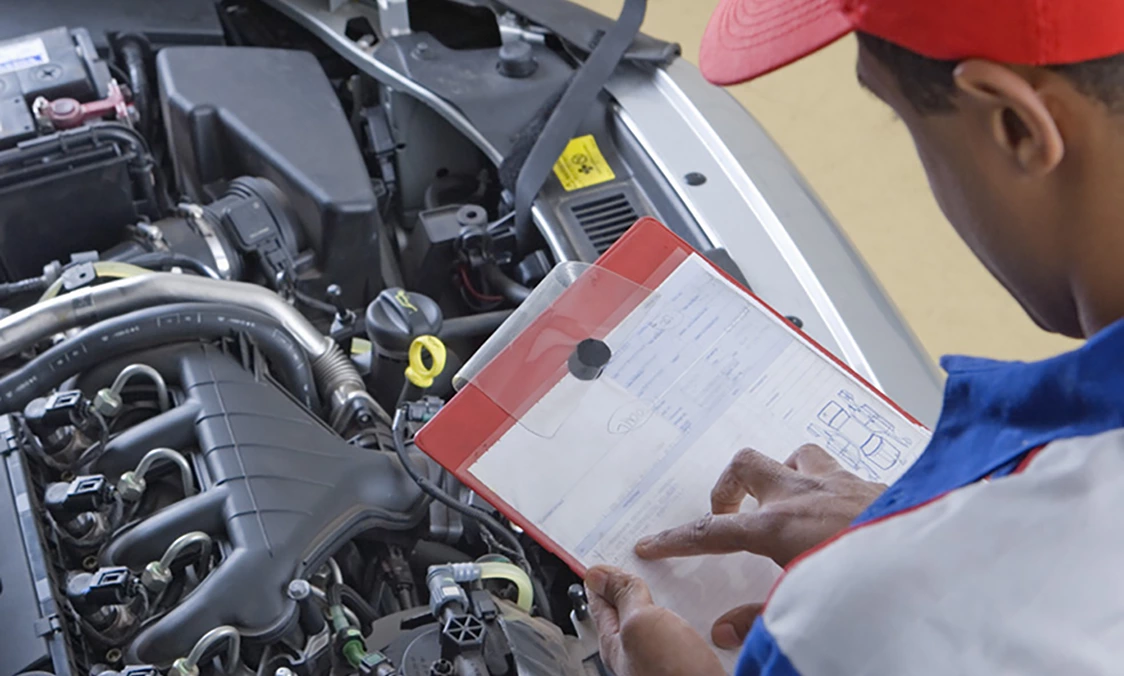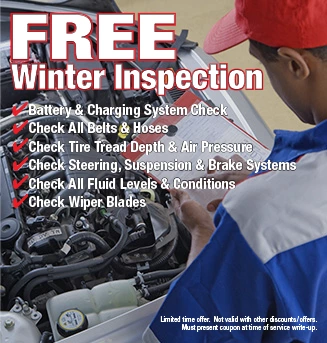H20 No! (Driving Through Standing Water)
October 6, 2019
In a year marked by unusually heavy flooding in North America, drivers are very aware of the possibility they may find themselves driving where water has come over the road. It can be a daunting and frightening situation. Flooding waters can move quickly and unpredictably, so you have to keep your wits about you when you encounter that situation.
Here a sample of one vehicle manufacturer's guidelines on what to do. First, the vehicle is designed to go through some water, but you must be careful. Never attempt to drive through water deeper than the bottom of your tires.
You can get out of your vehicle to check the depth of the water, but you can never be sure that you aren't going to drive into a spot where the road has washed away. You can't see below the surface of the water, and suddenly you could find yourself in a place where the road drops off unexpectedly. In swift moving storm runoff, your vehicle could literally be floating away with the current, putting your life and those of your passengers in mortal danger.
Never go more than 5mph/8 km/hr when you drive through standing water. That minimizes the waves you create. If you DO find yourself in water that is touching your drivetrain components, that water can damage them. And if you get water in your engine, it can lock up in seconds and stall. The potential damage can be catastrophic.
You may have found yourself driving in water deep enough to reach your drivetrain components, and it's essential that you have a technician check the fluids to make sure they haven't been contaminated. That includes engine oil, transmission and axle. Driving with fluids contaminated with water can severely damage those components.
The bottom line is to avoid driving through water at all if you possibly can. Check your vehicle's owner's manual to see if there are specific guidelines for driving YOUR vehicle in standing water. It's information that could save your life.
Auto Lab Troy
2790 West Maple Rd.
Troy, Michigan 48084
(248) 643-7690
Need Service?
More articles from Auto Lab Troy

It's (Not) Complicated (Engine Air Filter)
December 22, 2024
While many components of your vehicle are complex and composed of lots of mechanical and electrical parts, there's one that isn't complicated but still important. It's your engine air filter. (And, we should point out, the engine air filter isn't to be confused with the cabin air filter. The ca... More

Putting a Stop to Brake Problems (Brake Service)
December 15, 2024
It's safe to say that most drivers take their brakes for granted. You press on the brake pedal and the vehicle slows down or stops. It's easy to see why it is so important for your vehicle's brakes to be working correctly. Brakes are an important safety feature of any vehicle. When it comes to... More

Why is Air Not Coming Out of My Vents?
December 8, 2024
You climb inside your vehicle, start the ignition, and reach for the fan control for the heating or air conditioning. But when you try to crank it up, no air comes out of the vents. It can make for a very uncomfortable trip, whether its hot or cold outside. Its important for the comfort of you a... More










